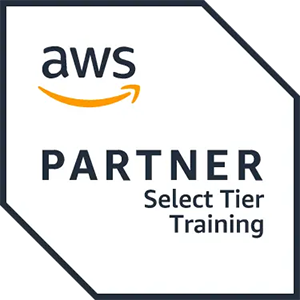During this five-day course, you focus on installing, configuring, and managing VMware vRealize® Automation™. You learn about how vRealize Automation can be used to automate the delivery of virtual machines, applications, and personalized IT services across different data centers and hybrid cloud environments.
The course covers how to manage both on-premise systems and cloud services. The course covers how vRealize Automation Service Broker can aggregate content in native formats from multiple clouds and platforms into a common catalog.
This course also covers interfacing vRealize Automation with other systems using VMware vRealize® Orchestrator™ and how to use vRealize Automation to manage Kubernetes systems and leverage other systems. The course also covers integrating with Terraform and using SaltStack as a configuration management tool.
Product Alignment
- VMware vSphere® 7.01
- VMware vRealize Automation 8.3
- VMware vRealize Orchestrator 8.3
- VMware vRealize® Lifecycle Manager™ 8.3
- VMware NSX-TTM Data Center 3.1

 United Kingdom
United Kingdom Germany
Germany Denmark
Denmark Sweden
Sweden Italy
Italy Netherlands
Netherlands Norway
Norway 

















 Kesto
Kesto  Toimitus
Toimitus  Hinta
Hinta